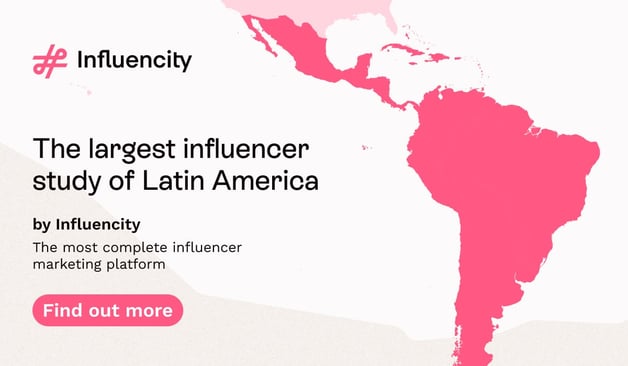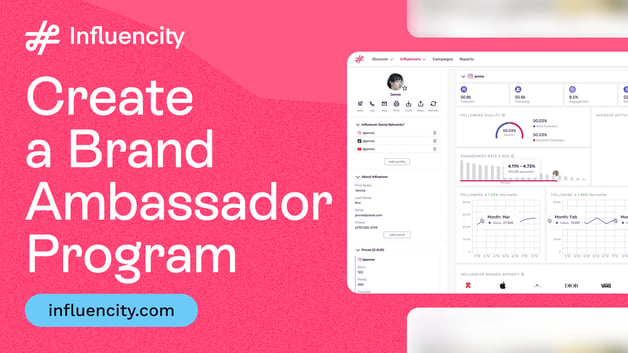Allocation Strategies for Your Influencer Marketing Budget
Influencer marketing budgets play a critical role in driving successful campaigns, and strategic allocation is key. In this post, we will explore effective strategies for allocating your influencer marketing budget effectively. From evaluating the size and reach of influencers to aligning with campaign objectives and understanding the importance of budget diversification, read on to discover how to optimize your budget allocation for maximum impact so that you can achieve your campaign goals.
Why Do You Need an Influencer Marketing Budget Allocation Strategy?
An influencer marketing budget allocation strategy is a strategic process for distributing financial resources effectively and efficiently across various aspects of an influencer marketing campaign. This strategy involves determining the appropriate allocation of funds to areas such as influencer fees, campaign production costs, content creation, sponsored posts, tracking and analytics tools, and other associated expenses.
Having an influencer marketing budget allocation strategy is essential for a couple of reasons.
Firstly, it helps ensure that your resources are invested effectively and efficiently. By strategically allocating your budget, you can focus on influencers and campaigns that align with your objectives and target audience, maximizing your influencer marketing ROI.
Secondly, a budget allocation strategy allows you to prioritize and plan ahead, ensuring that you have sufficient funds to execute your influencer marketing initiatives consistently. It also helps you diversify your approach, enabling you to explore different types of influencers, platforms, attribution strategies, and content formats to reach a wider audience and drive better results.
Influencer Marketing Budget: Key Aspects to Consider
In this section, we will explore the key aspects that brands should take into account before determining how their influencer marketing budget will be distributed. Understanding these aspects is crucial for effectively allocating your budget and launching successful influencer marketing campaigns.
Influencer Size & Reach
When you create your influencer marketing budget, it’s important to consider the size and reach of the influencers that you plan to work with. This is important because the size of an influencer's audience directly impacts the potential exposure your brand can achieve, as well as associated costs.
Larger influencers with substantial followings may have a broader reach and the ability to generate significant brand awareness. However, they often come at a higher cost and may not always provide the desired level of engagement or authenticity. On the other hand, smaller influencers often have a more engaged and niche audience, offering a higher potential for targeted and authentic brand connections, usually at a much lower cost.
By identifying the specific audience that you want to reach, you can strategically allocate your budget to a mix of influencers of varying sizes and reach, ensuring an optimal balance between reach and engagement while maximizing the effectiveness of your influencer marketing efforts.
Campaign Objectives
The next thing to consider when you allocate your influencer marketing budget is your campaign objectives. Understanding your goals is crucial as they will serve as the guiding force behind your influencer marketing efforts. Whether you aim to increase brand awareness, drive engagement, boost conversions, or launch a new product, each objective requires a different approach and may require different levels of investment.
By aligning your influencer marketing budget with specific campaign objectives, you can ensure that you allocate resources appropriately to achieve your desired results. For example, if your goal is to increase brand awareness, you may prioritize working with influencers who have a large following and high reach to maximize exposure. On the other hand, if your objective is to drive conversions, you might focus on partnering with influencers known for their ability to generate sales.
Budget Diversification
Finally, we can’t stress enough how important it is to diversify your influencer marketing budget. By spreading your budget across different influencers, social media platforms, and content formats, you can reach a wider audience and engage with diverse segments of your target market.
So, why is budget diversification so important?
Firstly, diversification helps mitigate the risk of relying solely on one influencer or channel. It allows you to tap into a variety of audience demographics, interests, and preferences. By working with multiple influencers, you can leverage their unique strengths and audiences to create a more comprehensive brand presence.
Secondly, diversifying your influencer marketing budget enables you to test and experiment with different strategies. You can explore various content formats, such as videos, stories, or challenges, and determine which resonates best with your audience. Additionally, you can target different platforms based on their relevance to your target market, whether it's Instagram, TikTok, or YouTube.
Influencity can help in this regard by providing data-driven insights and performance tracking tools. This helps you monitor the effectiveness of each influencer and channel, enabling informed decisions for future influencer marketing budget allocations and campaign optimization.
Tags:






















%20and%20How%20Can%20They%20Benefit%20Your%20Brand%20article.jpg?length=628&name=What%20Are%20Key%20Opinion%20Leaders%20(KOL)%20and%20How%20Can%20They%20Benefit%20Your%20Brand%20article.jpg)








